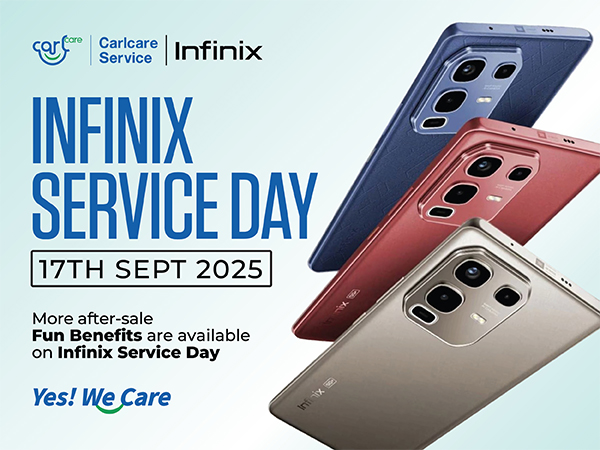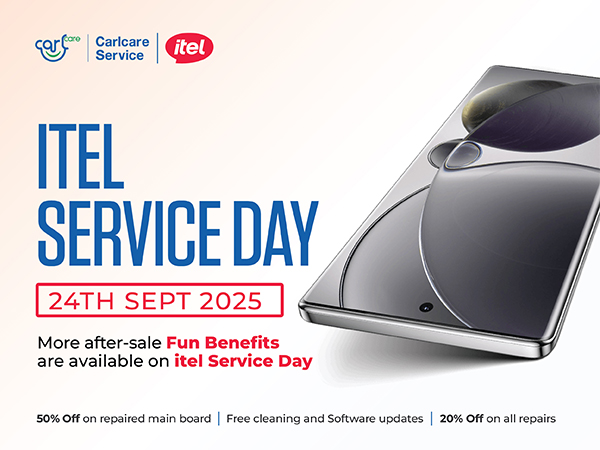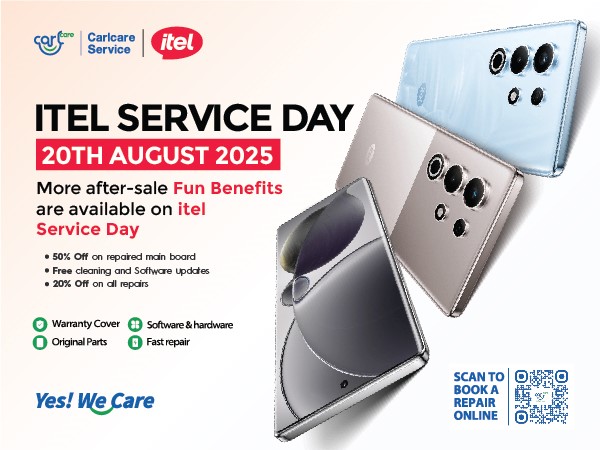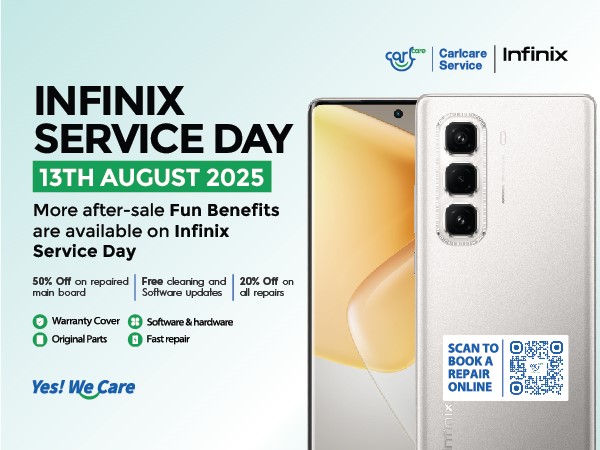Till today, applying a screen protector remains the safest way of protecting your phone screen from shattering or becoming ugly when tons of scratches make their home there. With that, the urge to know about “Liquid screen protector vs. tempered glass” has grown up to be everyone's cup of tea when looking forward to protecting their phone screen.
To be candid, these two types of screen protectors are the most popular and offer various distinguishable characters, even if their primary focus is to help protect your phone screen. If you’re unsure which would best protect your phone screen from scratches or breaking eventually, we’ve come up with an ultimate guide to help you. Here’s an honest comparison of liquid screen protectors vs. tempered glass screen protectors!

Liquid screen protector vs tempered glass
Straight up, we need to define some terms. What's a Liquid screen protector, and what's a tempered glass screen protector?
Well, as you can tell, Liquid Screen protectors come as a liquid you can apply on your screen as the manufacturer direct. Their primary aim is to help protect your screen without looking like you’re doing so physically. They come with an ultra-thin layer (of about 200-500 nanometers or 0.0004mm), which is highly durable and said to be four times stronger than your "normal phone screen".
In contrast, Tempered glass screen protectors are the popular ones you're familiar with, coming as a physical glass of about 0.3-0.5mm thickness. They're easy to apply/replace. You can feel their presence on your screen, and because of their thickness, they may offer better protection compared to liquid glass protectors.
Don't jump to a conclusion, though. Both screen protectors have their pros and cons as we'll elaborate below.
What is the difference between a Liquid Screen Protector vs Tempered Glass
Physically, their primary difference is that liquid glass protectors are barely noticeable while tempered glass protectors add another physical sheet of glass to your smartphone screen.
Primarily, Liquid screen protector manufacturers aim to help you protect your phone screen without being noticed. So it makes sense that it's invincible on the screen.
And while that's great, tempered glass protectors think otherwise. By serving as another physical layer of protection on your screen, you can replace it as soon as possible when broken. That's, however, not possible with their contender.
Nonetheless, there are many other distinguishable characters than their looks. That’s why we’ve segmented them into various categories: their mode of application, thickness, sensitivity, and how they differ in overall protection.
Here we go.
-
How to apply both of them and which is easier to apply?
Straight up, it's good to see that neither of these screen protectors requires expertise or professionalism to apply them. However, one is easier than the other.
Tempered glass protectors come in the perfect shape that fits your phone screen. They have one side with adhesive, making them easy to apply without flipping off.
Applying a tempered glass protector is as simple as peeling off its cover (or whatever the manufacturer used to protect the adhesive side), and then placing the glass to sit perfectly on your screen. You must be smart, though, so you don't end up putting it wrongly. Meanwhile, some brands offer an application toolkit to simplify the process if you aren’t familiar.
It's not the same with a liquid screen protector, as they usually come in liquid form. To apply that, you need to follow the instructions given by the manufacturer strictly. Usually, you'd need to clean the screen first, then spread the liquid protector all over your screen. Your protection kicks in once the liquid is dried up. That's not all. You also need cautiousness while applying it to avoid damaging the ear speaker above the screen.
So, do liquid screen protectors last forever once applied? No, the protection would soon wear off within two years. Plus, the manufacturer advises you to re-apply them yearly to keep their preservation.
That said, you need to ensure you apply the liquid evenly and accordingly as the manufacturer describes it. Otherwise, it'll put your phone screen at risk.
So, if you're in for ease of application, then a tempered glass protector is the easiest to apply.
-
The thickness of a liquid screen protector vs tempered glass
While liquid screen protectors might not be as easy to apply as their counterparts, they take the lead in thickness. The liquid screen protector is barely noticeable on the screen, thanks to its thin layer. That doesn't mean it's weak, though; it claims to offer up to 4x drop and scratch resistance compared to a traditional phone screen.
In contrast, tempered glass screen protectors are considerably thicker and more noticeable. Many people prefer liquid screen protectors in this aspect.
-
Which offers the best protection? – Pros and Cons
The protection is perhaps the most noteworthy aspect of this comparison. And because liquid screen protectors are thin, they’re not as effective as tempered glass protectors.
If you’re only in for some regular scratch protection but not impact protection, liquid screen protectors can be a great deal because of their lightweights.
Nanofixit, a liquid screen protector brand, says it makes your screen 4x stronger and, hence could withstand certain drops. But the main issue is you never can tell when the protection won’t cover your accidental drops. And when a screen protected with a liquid screen protector is cracked, you'd need to replace the screen itself.
However, tempered glass screen protectors are stronger than liquid glass, and it's replaceable when broken.
-
How sensitive is the screen?
In terms of sensitivity, both screen protectors are excellent, and you won't notice significant differences when using them. Nonetheless, liquid screen protectors can be more sensitive because they're thin.
When shopping for tempered screen protectors, ensure it's from a reputable brand. Some of the cheap ones might not offer smooth surfaces. Hence, scrolling might not be buttery compared to your traditional screen or liquid glass.
Wrap up
Regular phone screens are sturdy and less prone to scratches and scratches nowadays. But when we see phones with the most advanced screen protection cracks – talking of Apple's Ceramic Shield and Corning's Gorilla Glass Victus, it reminds us that glass is just glass - it can break inconsiderate of its level of protection.
With screen protectors, though, you don't have to worry a lot. You only need to use the one that suits you, then put your mind at rest.
By saying “the one that suits you”, I mean you should go for liquid screen protectors if your phone screen comes with high protection already – like Gorilla Glass Victus or Apple’s Ceramic Shield – and you only need some scratch and drop protection.
But if your phone screen doesn’t have any form of high in-built protection already and you want some serious protection, you're better off going for a tempered glass protector.
That's it; you have the liquid screen protector vs tempered glass comparison!
Other related topics:

















